The 1STPlayer Steampunk 80+ Gold 750W PSU Review: A New Challenger Emerges
by E. Fylladitakis on May 12, 2020 8:30 AM EST- Posted in
- Cases/Cooling/PSUs
- PSUs
- 80Plus Gold
- Modular
- 1STPlayer
External Appearance
The chassis of the SteamPunk 80+ Gold 750W is 160 mm deep, making it a bit longer than ATX-compliant PSUs (140 mm) but still short enough to fill into the vast majority of cases (save perhaps from a few proprietary designs). Note that all designs using a >130 mm fan are longer than 140 mm, otherwise the fan cannot possibly fit inside the unit. Aesthetically, the designer did try to make the SteamPunk PSU appealing, yet not extravagant. It is an all-black design, down to the cables and connectors, with the designer applying a custom web-themed fan grill and painting the series logo on the sides of the chassis. There is no lighting, with 1STPlayer focusing on the safe bet of a subtle appearance.
The rear side of the PSU is typical, with just a simple AC cable receptacle and an on/off switch to be found next to the perforated rear side of the PSU. A large sticker with the certifications and basic electrical specifications of the PSU covers most of the top.
Modular connectors cover most of the PSU’s front surface. A basic legend and artwork is painted directly onto the chassis, which is both aesthetically better and more durable than the stickers we usually find there. The connectors are keyed, ensuring that it is not possible to insert the wrong cable into the wrong receptacle.
Internal Design
A standard black 140 mm fan without LEDs is responsible for the cooling needs of the Steampunk 750W PSU. Yate Loon supplies the fan, a very well-known manufacturer whose products are frequently found in PC PSUs. The D14SH-12 fan has a typical sleeve bearing engine and a maximum rotational speed of 2800 RPM, which is extremely high for a 140 mm fan.
The internal design of the Steampunk 750W PSU is not of a platform coming from any of the known OEMs. That is because the business group that includes 1STPlayer owns a development/manufacturing company as well (called Helly Technology), meaning that they essentially design and fabricate their own platforms. That is very interesting to us, as we get to see how a new design gets to perform against the platforms developed by the known giants in the business. The heatsinks are sizable for a PSU of this power output and claimed efficiency, leaving us wondering why the designer installed such a powerful cooling fan.
1STPlayer carefully claims that the main capacitor, and that capacitor only, is a top-quality Japanese product. Indeed, the APFC capacitor is a 450V/470μF electrolytic capacitor made by Rubycon, perhaps the most reputable of all consumer-grade capacitor manufacturers on the planet. The rest of the capacitors however, electrolytic and polymer alike, are supplied by ChengX and AsiaX. These are medium quality capacitors and not on par with manufacturers like Rubycon or Nippon Chemi-Con, but they are not of poor quality either. At this point we should note that ChengX is suffering from very poor reputation due to numerous counterfeit products that are circulating on the market.
In terms of design, the engineer(s) who made this platform kept everything relatively simple and very clean. The layout is tidy, with good component spacing and a clean assembly job. There are two input bridge rectifiers sandwiches together on their own small heatsink, followed by a typical APFC circuit. The main inversion circuitry is a half-bridge design with an LLC resonant converter, a fairly typical topology for a modern PSU. The secondary side consists of four MOSFETs that generate a single 12V line. DC to DC converters generate the 3.3V and 5V lines from the main 12V line. The secondary PCB that hosts the cable connectors is directly connected to the main PCB, without any wires, minimizing losses and improving the thermal performance of the PSU.





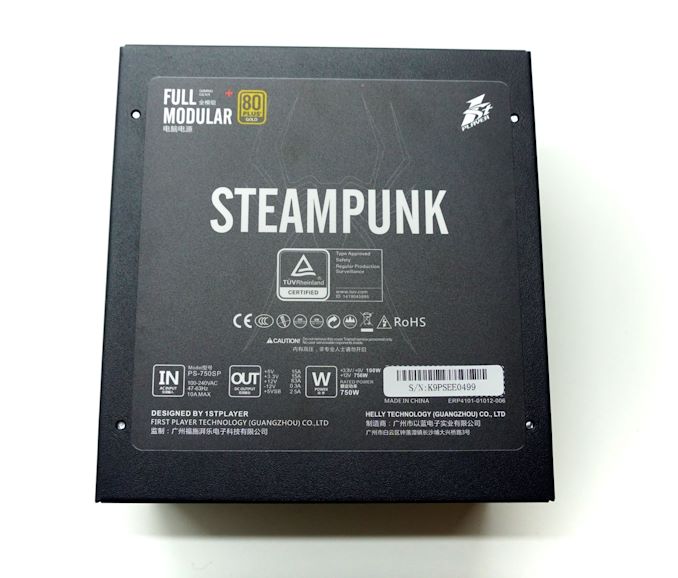
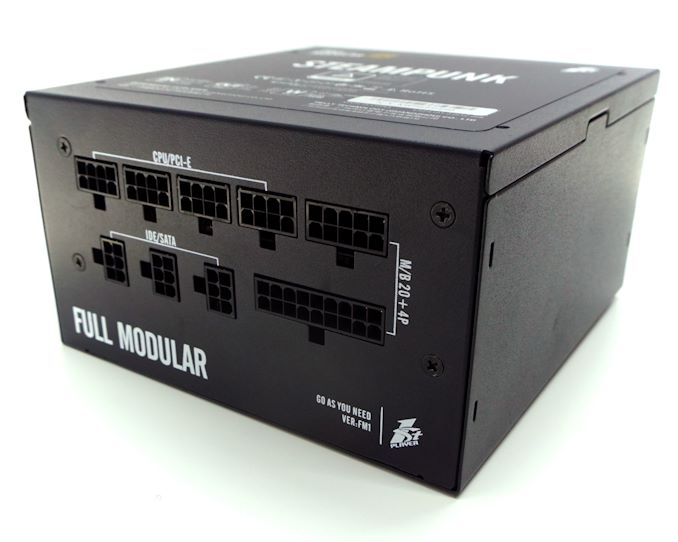
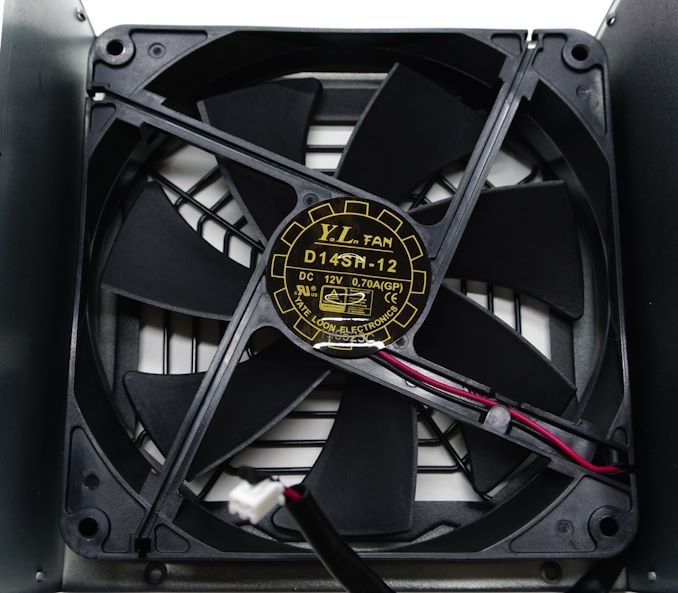
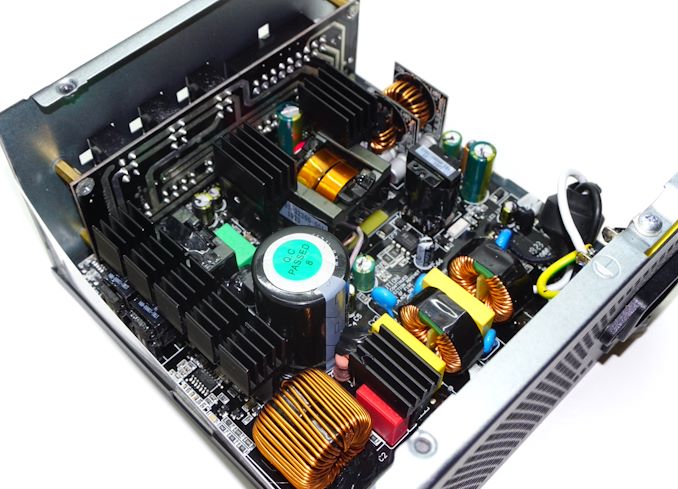
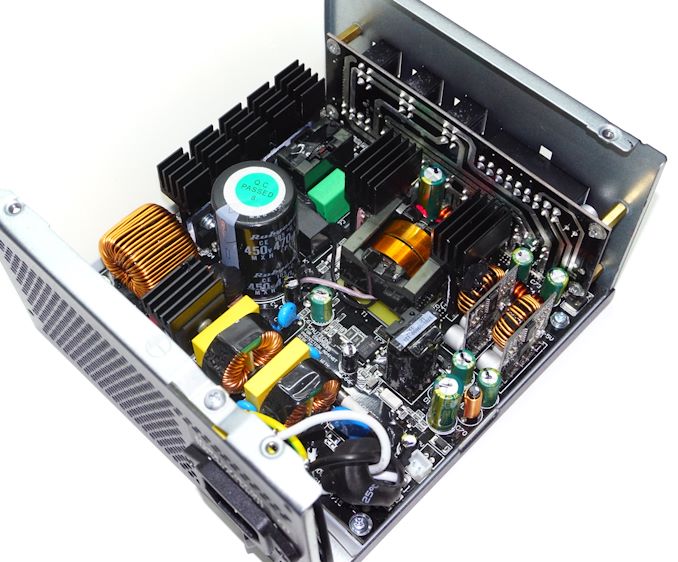
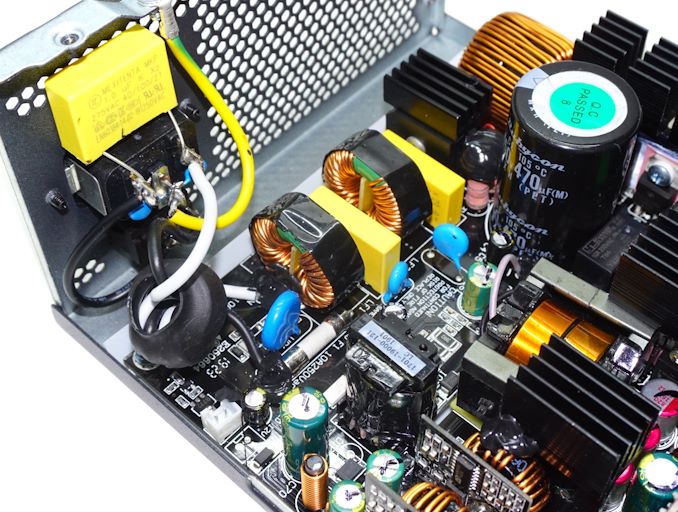
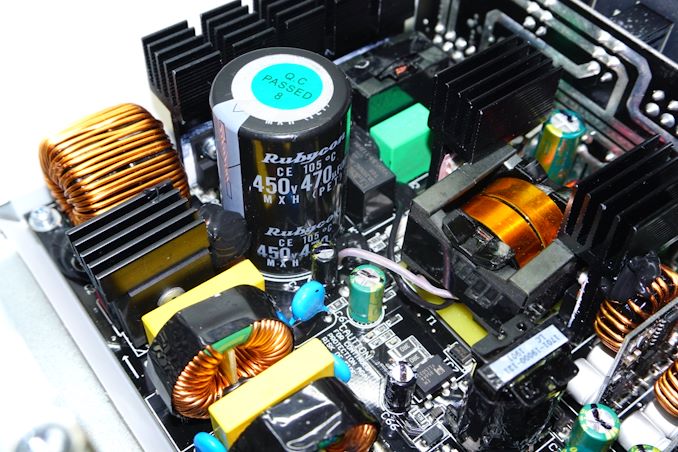
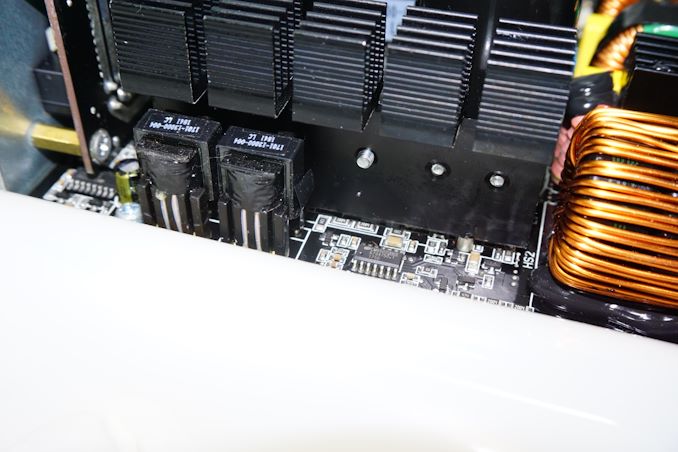









53 Comments
View All Comments
Deicidium369 - Tuesday, May 12, 2020 - link
Hello Kitty - Steampunk Edition. Kitty was always OG - now she's Retro OGKoenig168 - Wednesday, May 13, 2020 - link
Put Hello Kitty on a PSU and it will sell like hot cakes!drexnx - Tuesday, May 12, 2020 - link
about the only PC parts you could style as steampunk would be heatsinks, fans, and water cooling componentsDeicidium369 - Tuesday, May 12, 2020 - link
oh all the parts that adults tend to put in their windowless PCsPeterCollier - Tuesday, May 12, 2020 - link
The name is actually a reference to the program Steam, which is a video game distribution platform created by Valve.The name is just an extension of the machinery metaphor, not a reference to a subculture.
Operandi - Tuesday, May 12, 2020 - link
Oh..... is that what 'Steam' is? Huh, sounds pretty sweet, I might have to check that out.Anyway..... if thats what its named after that actually makes it more stupid then being named after the uber nerd subculture.
Operandi - Tuesday, May 12, 2020 - link
Looks like an ok enough budget option. Though I don't know why I would go with this over a just as good Corsair.The name isn't going to be doing them any favors in terms of marketing. I don't understand how it can be this hard for these Chinese based companies to get a grasp of how to market to the demographics they are targeting.
Deicidium369 - Tuesday, May 12, 2020 - link
Yeah ... need to market towards virgins and incels - so some Lolicon character with gigantic, big, huge, massive...... eyes.PeterCollier - Wednesday, May 13, 2020 - link
This is the truest comment I've ever readmode_13h - Tuesday, May 12, 2020 - link
Hmm... Steam, punks, and PSUs don't exactly go well together.And even if we take on the whole Steampunk aesthetic, it conjures images of big, heavy power supplies that might be the size of an entire PC case... for a small one.
So, maybe they need to do some more work on their branding, before they're quite ready to take over the global PC components market.